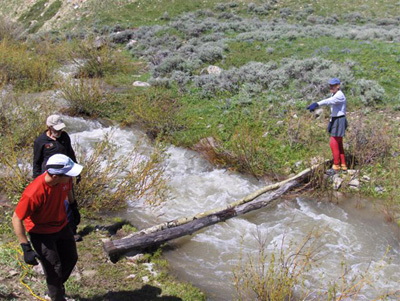
If nothing else, remember this one thing: 100 milers are not fundamentally different from any long-distance running event. I do not think it means what you think it means.” 100 Mile Physiology Underlying Planīefore we get to the details of the plan ( link here), a brief overview of key elements of 100 milers will hopefully take some of the stigma of the unknown away (we talk about it more in our podcast here). But it’s going to require some work, like all dreams worth chasing.ĭo that work, and there may still be people in your life that tell you that a 100 miler is “inconceivable.” And you will be able to channel Inigo Montoya from The Princess Bride. If you can dream past the horizon and put up with the inevitable adversity along the way, then with self-belief practice, your psychology can do it. If you can cover a few miles, then with time and perseverance, your physiology can do it. Put one foot in front of the other for a few months of specific training (ideally on top of a few years of general training), and you can be ready to put one foot in front of the other for a bunch of hours during the race. 100 miles is like anything in life, involving putting one foot in front of the other over and over and over, until you look back and marvel at how far you have come. If Google Maps says the destination is 100 miles away, it’s time to bring a family-sized bag of chips and probably a COVID-safe pee funnel.Īn Expert Training Plan For Your First 50Kīut wait, maybe not. 100 miles is such a scary distance … for driving.

Heading out the door? Read this article on the new Outside+ app available now on iOS devices for members!


 0 kommentar(er)
0 kommentar(er)
